
Greyhound Behaviour
This article will assist you to understand your greyhound better and avoid any potential risk of your greyhound trying to bite someone. Regardless of size, breed, age or disposition, all dogs can bite if provoked and there is the potential for serious injury. This article is relevant to all breeds of dog not just greyhounds. While greyhounds are known for their placid and quiet nature, they are not immune to the factors that can lead to biting. Factors that usually inter-relate that lead a dog to bite include: heredity (breed), early experience, socialisation, training, health of the dog and the behaviour of the person who ends up being bitten. When a dog becomes stressed, anxious, afraid or overexcited, there is the potential that it may bite. Understanding your dog's body language is integral to preventing this from occurring. What can the warning signs be in greyhounds? 1. Looking away: The greyhound is communicating that it is anxious and wishes to avoid interaction by initially turning its head and looking away. It is best to take notice of this and allow the greyhound the space it is requesting. If you notice a direct ‘hard’ stare or the greyhound makes eye contact following attempted avoidance the greyhound may be preparing to bite. 2. Panting does not just mean that a greyhound is hot; it is also a sign of stress. If your greyhound is panting, with its head lowered, tail tucked with a rounded back and a tense facial expression; this means the greyhound is uncomfortable in the situation and could lash out. 3. Though innocuous, the tongue flick is a sign of anxiety. The greyhound will use the tongue flick as a calming signal in an attempt to illustrate discomfort (when food isn’t involved). If the greyhound is also presenting an alert and direct stare with its ears forward, coupled with a tensed back then it could bite. 4. Startling a greyhound can also result in it reacting defensively. When walking your greyhound through high-density areas be wary of skateboarders, loud noises and sudden changes to the environment. When a greyhound becomes startled, it may adopt a rigid stance and open its mouth creating C-shaped lips; this is one of the most visible signs that your greyhound may bite. Similarly, be careful not to startle your greyhound when it is sleeping. 5. A tense closed mouth is also a sign that the greyhound could growl and then bite. Be aware that if the greyhound has been chastised for growling, they may bite without any warning. This action usually occurs when a greyhound is trying to adopt personal space. The greyhound may have purposely walked away from someone, is eating a bone or toy, and when someone encroaches on their space they can become reactive. To gain even more understanding of your greyhounds body language, check out this video. [embed width="123" height="456"]https://vimeo.com/222081987[/embed] What can I do to help my greyhound? Being a responsible guardian often means that you will have to decipher the cues your greyhound provides, and communicate that to other people. Understanding your greyhound's personality traits, quirks and triggers will go a long way to ensuring positive interactions between your greyhound and others. It is also important to be mindful of the daily environment that your greyhound experiences. If your greyhound has encountered a cat, a cyclist and a barking dog throughout the day, it may cause a ‘trigger overload' and cause your dog to act of character. If a stranger is invading the personal space of your greyhound (placing their face near your greyhounds for example) then as a responsible guardian you should instruct the person to maintain a safe distance and respect your pet's space. When walking your dog on a leash, keep the tension loose to help curtail arousal, particularly in high-density areas. Your greyhound should also be muzzled in off-leash designated dog areas if it has not completed the Greenhounds program. When interacting with other dogs, it's smart to adopt a ‘3-second meet and greet' rule. Allow your greyhound and the other dog 3 seconds to sniff, interact and then depart for the initial meeting. Once an initial connection has been established the dogs may choose to interact further, if this occurs naturally keep a close eye on their activities. For further advice and tips, adopters can call GAP on 1800 696 377.
More news
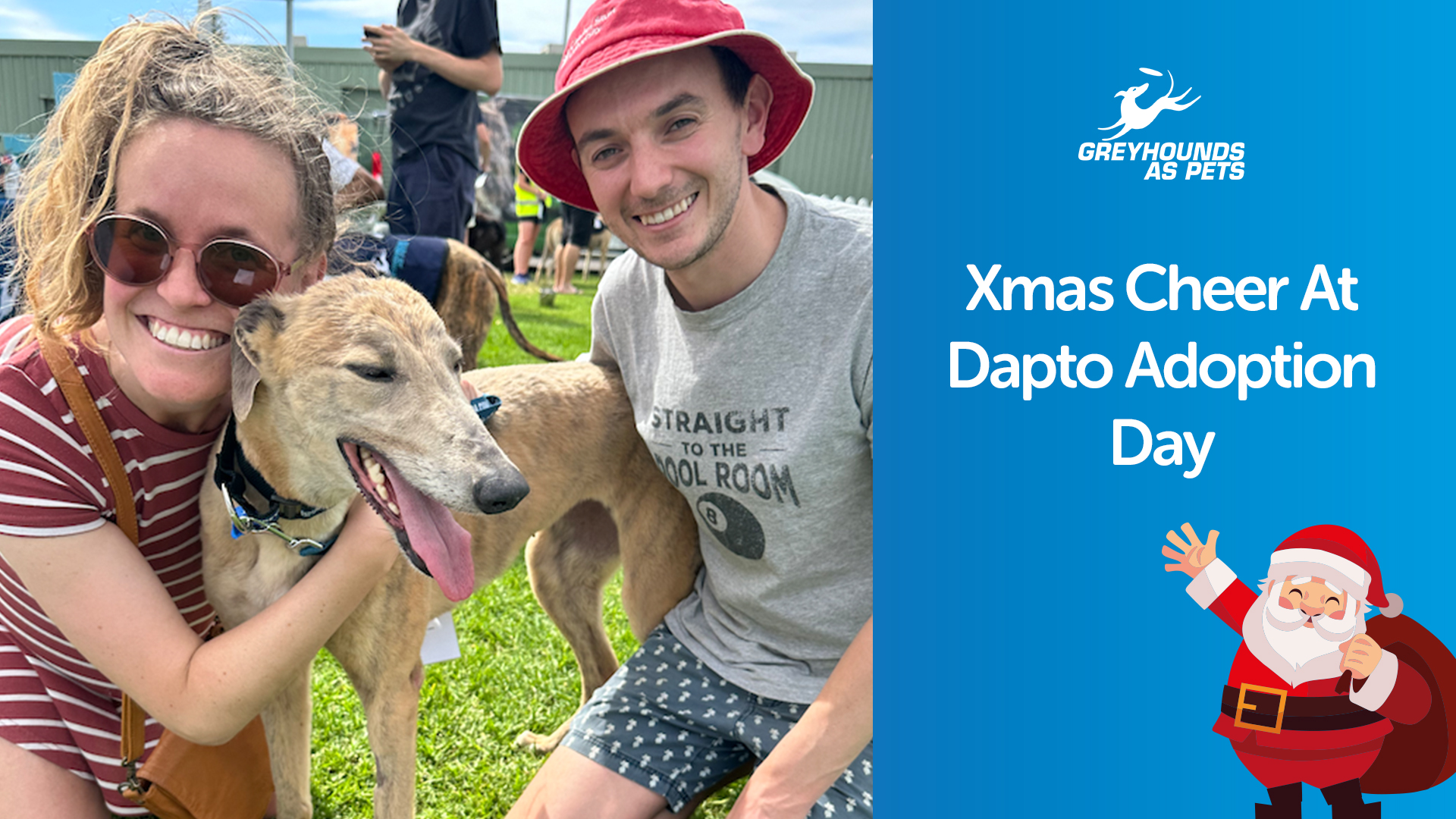 Adoption Day Success At DaptoDecember 19, 2023 10:35
Adoption Day Success At DaptoDecember 19, 2023 10:35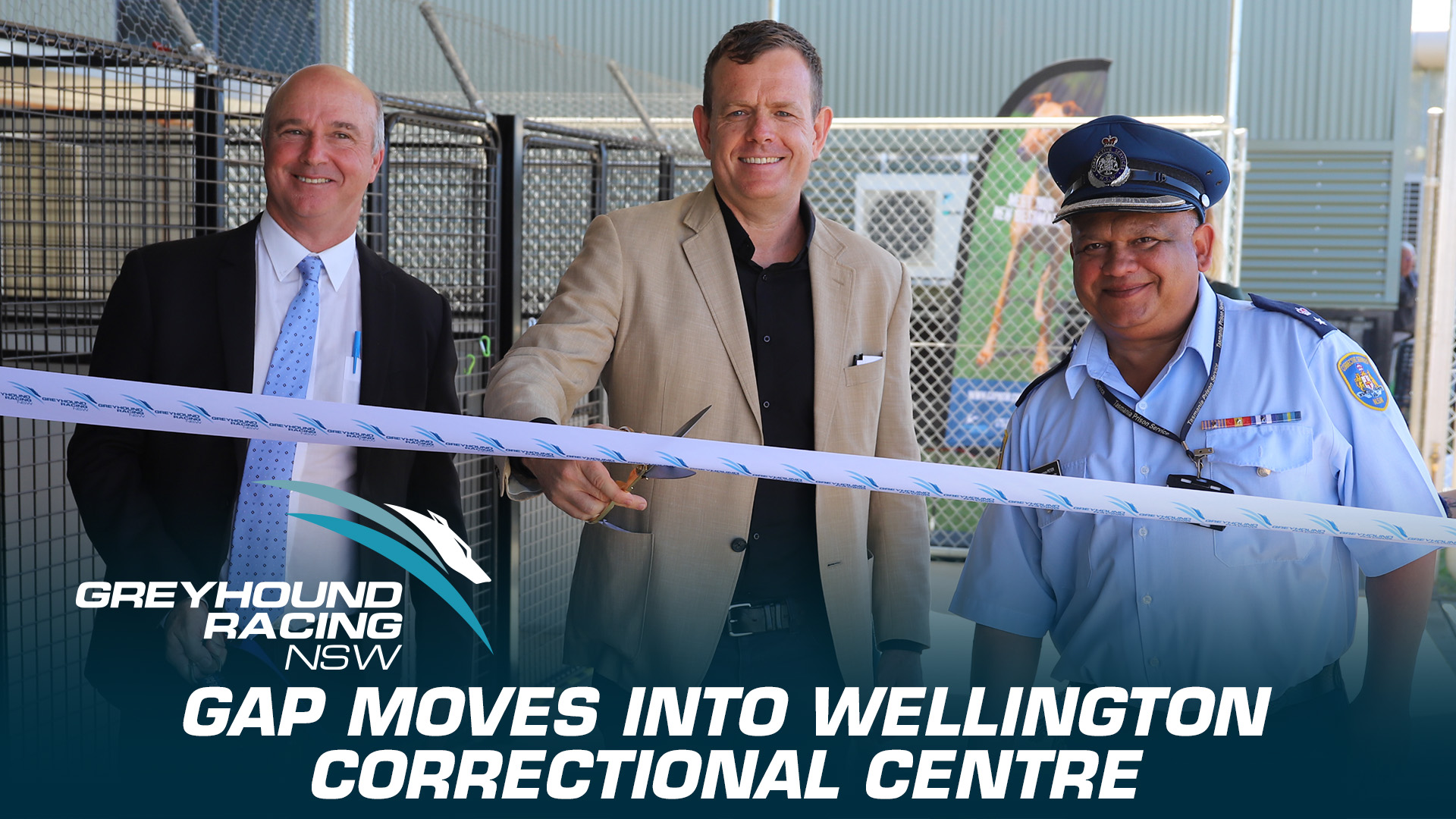 Wellington Joins GAP Prison ProgramBy GRNSWDecember 04, 2023 17:21
Wellington Joins GAP Prison ProgramBy GRNSWDecember 04, 2023 17:21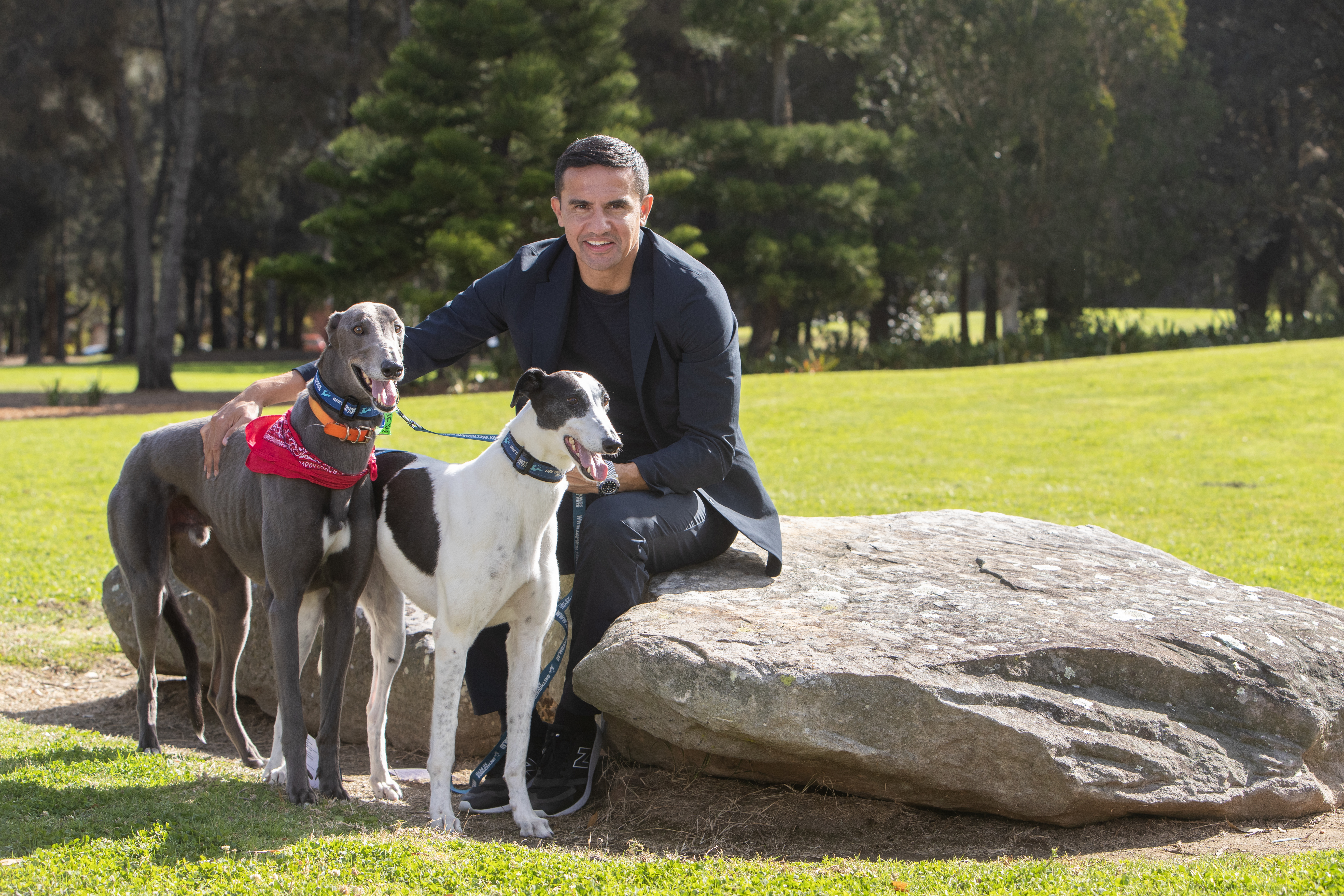 Cahill Now A Hall Of Fame AmbassadorBy GAPNSWNovember 30, 2023 10:20
Cahill Now A Hall Of Fame AmbassadorBy GAPNSWNovember 30, 2023 10:20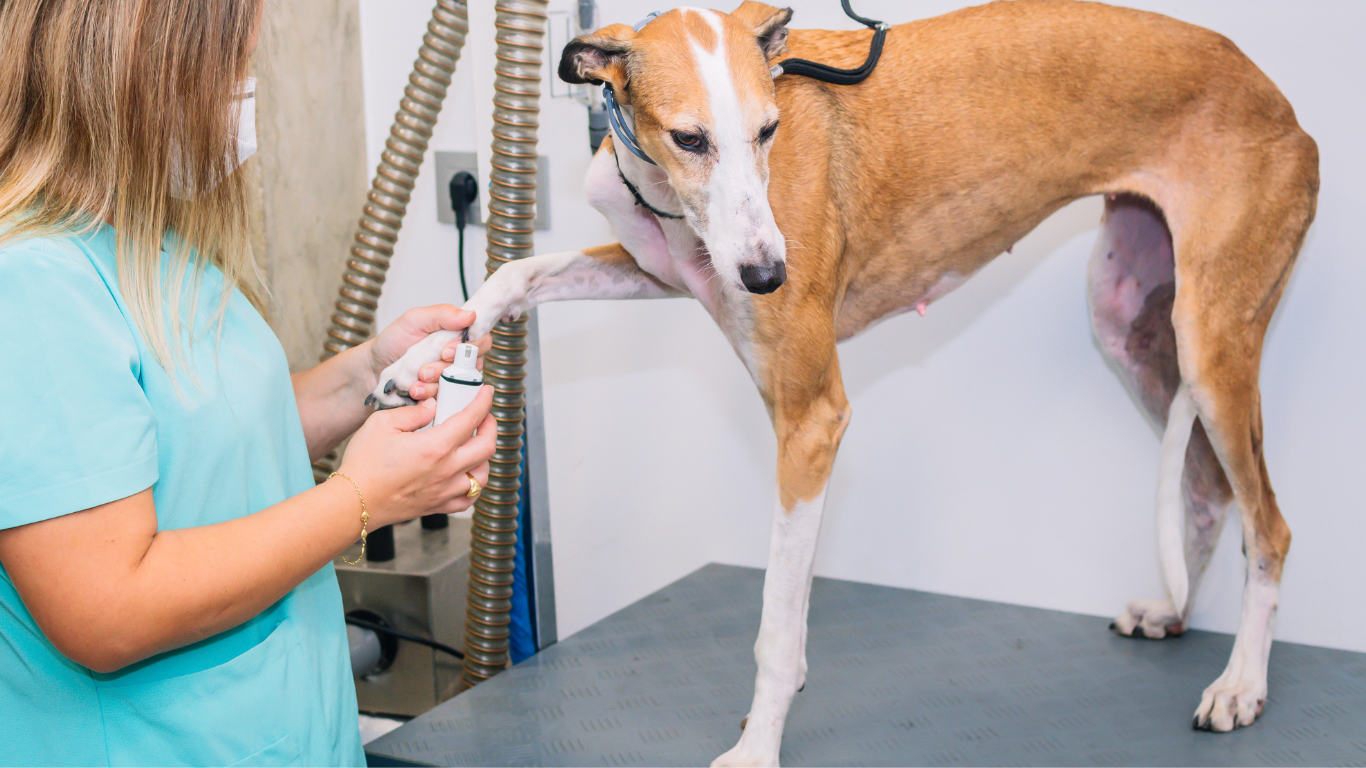 How To Care For Greyhound NailsBy gapnsw.com.auOctober 23, 2023 11:35
How To Care For Greyhound NailsBy gapnsw.com.auOctober 23, 2023 11:35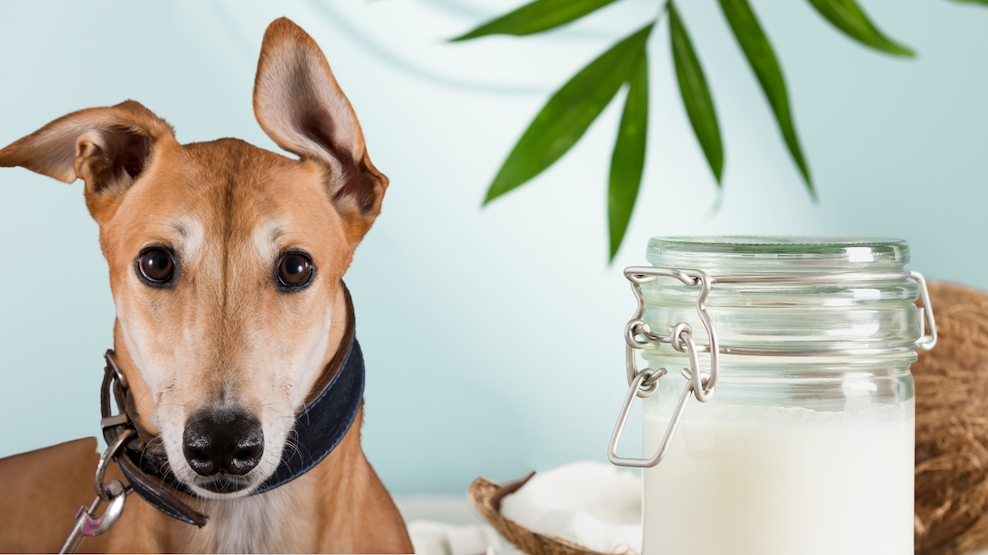 Is Coconut Oil Your Dog's Best Friend?By GAPNSWOctober 23, 2023 09:36
Is Coconut Oil Your Dog's Best Friend?By GAPNSWOctober 23, 2023 09:36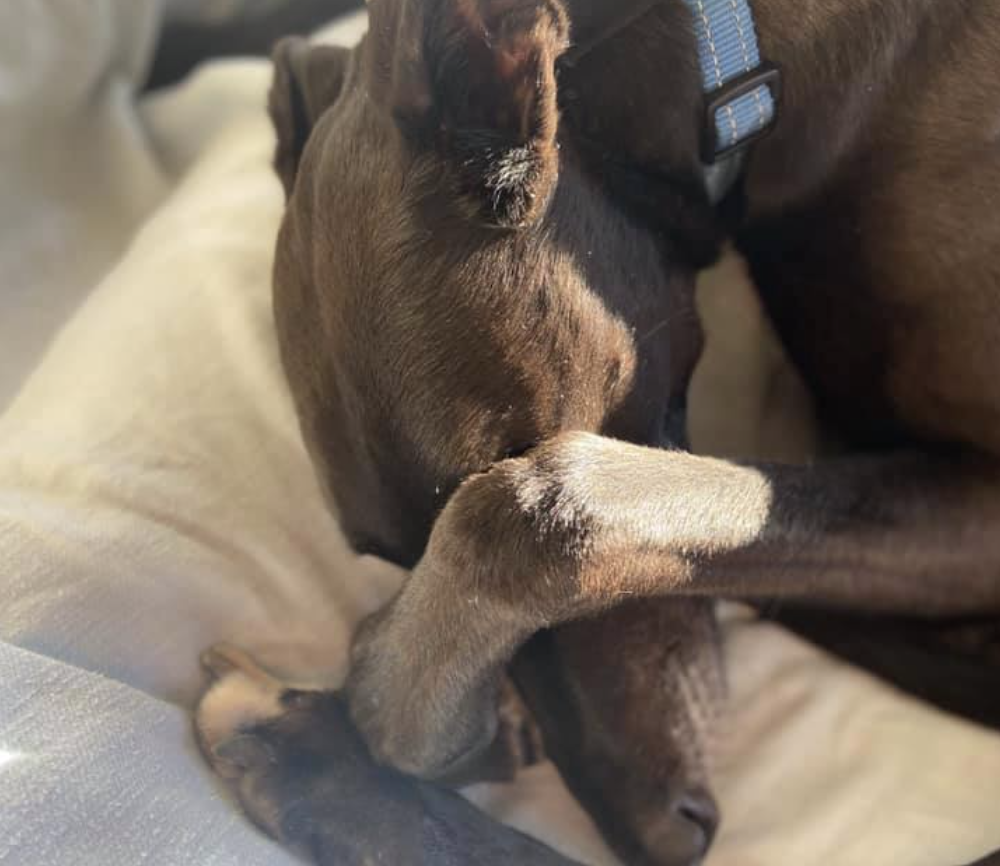 Helping a Greyhound When Relocating Their Safe SpaceBy gapnsw.com.auSeptember 13, 2023 11:10
Helping a Greyhound When Relocating Their Safe SpaceBy gapnsw.com.auSeptember 13, 2023 11:10